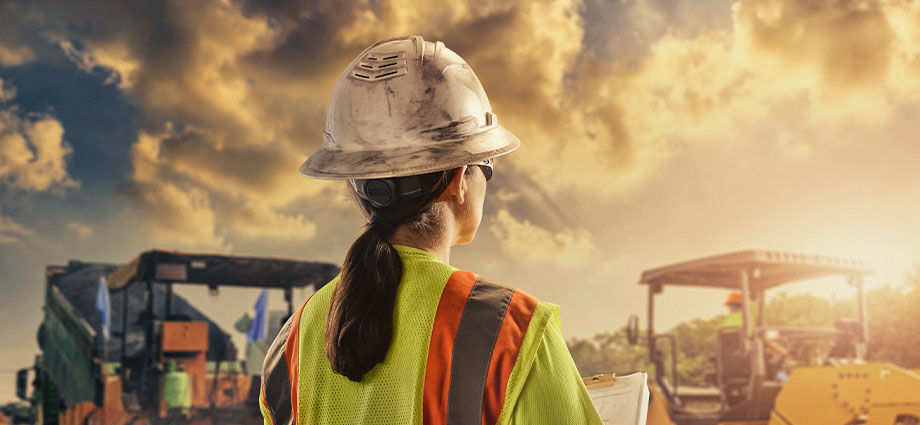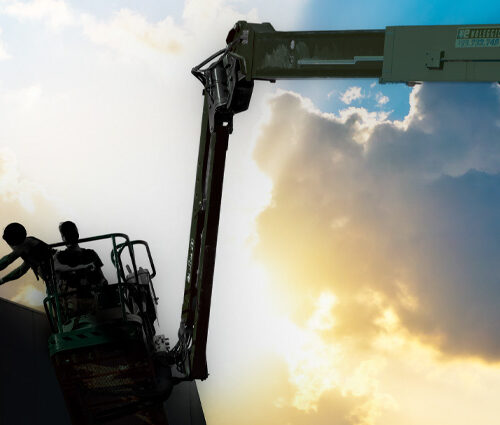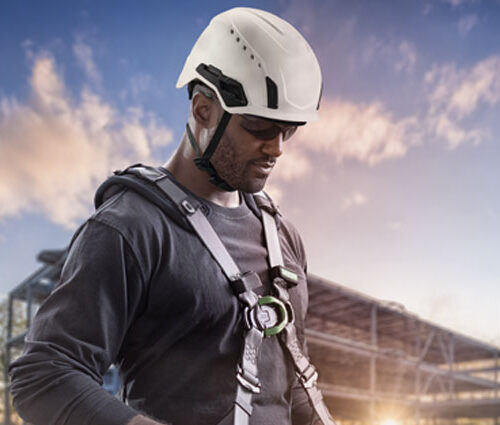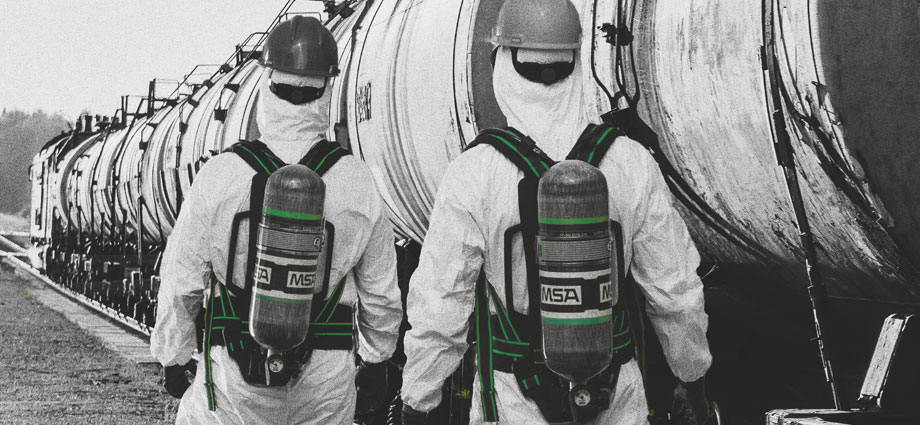
When it comes to the health and safety of workers at your jobsite, finding the right equipment for the task at hand should be a top priority. You are well aware that—as a safety professional—your job includes assessing your workplace’s respiratory hazards in order to help determine which class of respirator you need.
However, identifying the models best suited for your workforce’s specific situation is not quite as simple as it sounds. Once you’ve determined that your work conditions require the use of SCBA (self-contained breathing apparatus), the numerous options available for purchase may seem overwhelming.
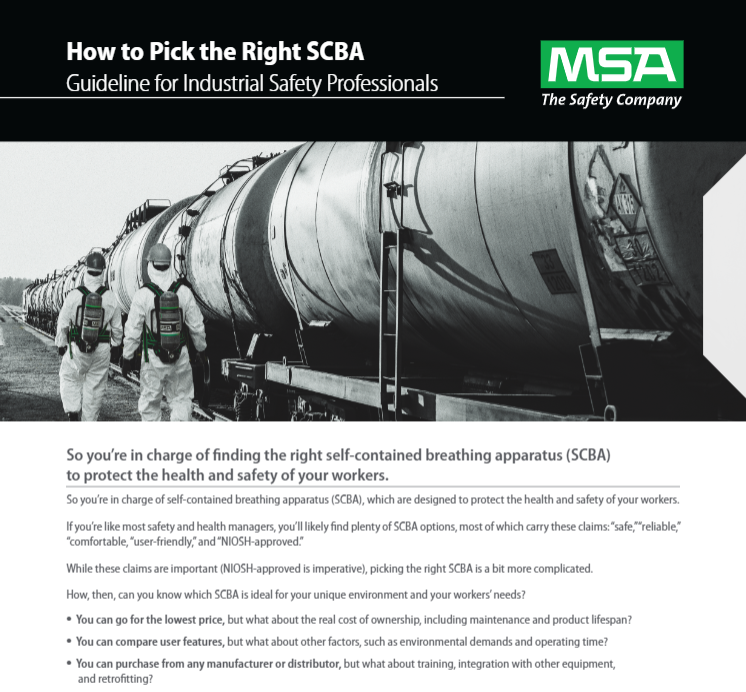
Finding the right SCBA for the task at hand is always a priority. Download the whitepaper to learn more about assessing your workplace to determine which class of respirator you need.
Download the PDFIt might be tempting to assume that all NIOSH-certified products are pretty much the same; however, this is not the case. Features and benefits, support, and more can vary from unit to unit and from vendor to vendor. If you take the time to carefully compare SCBAs, identifying the best product for your particular circumstances, not only will your workers have exactly what they need to do the job, but you can even save time and money in the long run.
Remember
When it comes to the health and safety of workers at your jobsite, finding the right equipment for the task at hand should be a top priority.
There are a number of factors to consider when sorting through the different SCBA models on the market. Begin with a comprehensive assessment of the hazards your workers may face: what, when, where, how much, and for how long? After you’ve identified the right class of products to meet the conditions your workers may encounter, decide which SCBA features best correspond with your unique environment.
For example, do the physical and chemical properties of the airborne contaminants in question require that the SCBA be frequently cleaned? If so, you’ll want a model that can be maintained without special tools, plus removable soft goods for easy laundering.
Or, do your employees work long shifts? In this case, choose a lightweight SCBA designed to help reduce the physical impact of stress and fatigue. Look for other options that increase comfort, such as a compact facepiece or an ergonomic lumbar pad.
Additionally, don’t forget to evaluate SCBAs by more than simply an individual unit’s features. Such factors may include training resources, repair options, and lifetime costs.
If you’d like more detailed guidance, please download How to Pick the Right SCBA: Guideline for Industrial Safety Professionals. There you’ll find additional key considerations to help you pick the right SCBA suitable for both the job and the worker.



